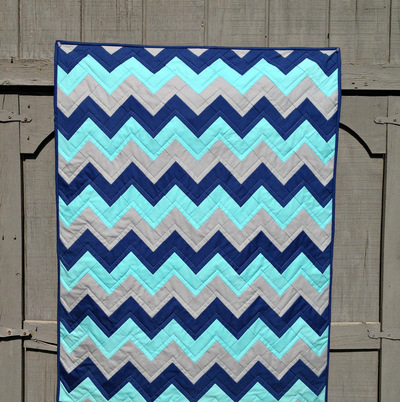Celtic Squares Block
The Celtic Squares Block is everything you'd expect from a Judy Martin pattern: elegant, unique, and understated. This quilt block tutorial ties various elements together, marrying the feel of a log cabin quilt block pattern with interlocking rings or even a rail fence quilt pattern. The knot design is surprisingly easy to put together if you follow the strip quilting techniques laid out in the tutorial. This quilt block is the perfect combination of a complex appearance without a complex process. Use the 11-inch block to make DIY table runners, baby quilt patterns, full bed quilts, and more. The design is simple enough to make a full bed quilt pattern manageable, but also lends itself easily to smaller projects. You can't go wrong with the Celtic Squares Block!
Want more FREE block patterns? Sign up for our Quilt Block Club to get our latest tutorials!
Project TypeMake a Project
Quilt Size11 inches wide x 11 inches long
Time to CompleteIn an evening

Want even more fantastic quilt patterns? Then you're sure to find something in our massive list of quilting collections. We have 900+ Free Quilting Patterns to choose from!
What do you love about this quilt pattern? Be sure to leave a comment below!
If you love this block pattern for quilting, you'll love our collection of 21 Rail Fence Quilt Patterns & Rail Fence Quilt Blocks. 
Who were the Celts?
The Celtic people lived during the Iron Age and Medieval periods in Europe and much mystery surrounds their origins. The first evidence of the term Celt came from Greek scholars, and many historians argue whether the term Celt was Celtic originally or if it was coined by the Greeks. However, the Celtic people consisted of various groups spread across the continent. Despite the distance between groups, the Celts maintained a common language and artistic style as can be seen above. Celtic art was very ornamental, avoiding straight lines, symmetry, and imitating nature, which was a common artistic style during the time period. Many of the Celtic symbols found in ancient artwork have religious or inspirational meanings, however, these symbols are difficult to decipher since there are few remaining written records from that time. Many people today consider themselves Celtic because of their ancestry especially in Ireland, Wales, Scotland, and northern England. In fact, Gaelic culture is a direct descendant of Celtic. There are still some Celts out there, so keep the culture alive by making this beautiful quilt pattern!

